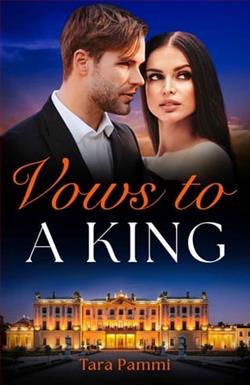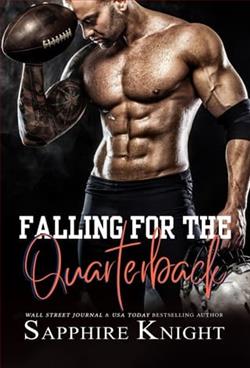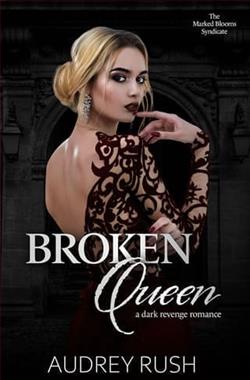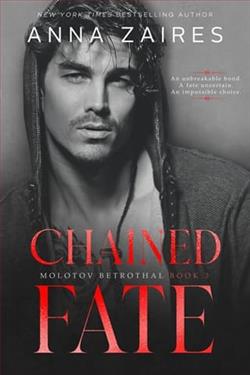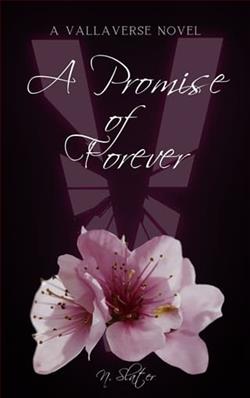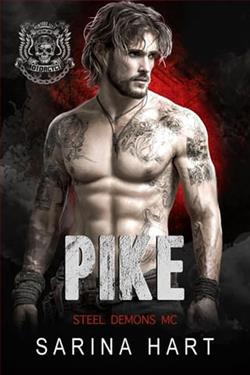Page 80 of The Catcher
As Callie delved deeper into the book’s history, her words painted a vivid picture of its significance. “Based on what was scrawled inside the cover in black ink,” she continued, “her father gave her this copy ofThe Catcher in the Ryefor her seventeenth birthday. He found it in the Big Apple, tucked away in a used bookstore.” Her fingers traced over the faded inscription, a tangible link to a bygone era. “He said it’s one of the few out there with the original cover, featuring a pen-and-ink drawing of a carousel horse, painted red-orange, with the title superimposed in yellow over the top."
Noah nodded, absorbing the details as he navigated the winding roads toward their destination. Saranac Lake loomed on the horizon, its familiar landmarks drawing closer with each passing mile. “So… all the locations we were sent to were places that held meaning to Elizabeth and her father,” Callie remarked, her tone thoughtful.
“That’s right,” Noah confirmed, his mind racing with possibilities. “They visited them, left their mark.” The puzzle pieces began falling into place, each location revealing a glimpse into the past and the bond between father and daughter.
“The items found were related to symbols fromThe Catcher in the Rye,” Callie stated, her voice certain as she glanced at Noah, who nodded in agreement.
“Exactly,” Noah affirmed. “The red hunting hat found on Pete Landry symbolized alienation, much like Holden Caulfield’s tendency to isolate himself from his peers, as did Elizabeth.”
Callie nodded, following Noah’s train of thought. “And the baseball mitt keyring found in the geocache,” she prompted.
Noah continued, “That represented Holden’s attachment to his deceased family member — his brother in the book, but in Anderson’s case, it was a clue that led us to the high school and symbolized her love for swimming.”
Callie’s brow furrowed in thought. “And the sticker of the ducks?”
Noah’s expression softened as he explained, “That represented the fear of change, paralleling Holden’sconcern for the fate of the ducks in Central Park. In Elizabeth’s case, it echoed her apprehensions about facing the unknown when she was at Camp Colby.”
Callie exhaled softly, absorbing the connections. “And the others?” she inquired.
“The vintage pin led us to the museum,” Noah continued. “A symbol of history and Holden’s desire for a world frozen in time, free from change.”
As the Jeep negotiated a bend in the road, Noah reached over and flipped the book cover back over, tapping it lightly. “And the carousel,” he said, with a sense of conviction, “symbolized youth, innocence, memories, and the longing for simpler times. It’s where Holden sought refuge from the complexities of adulthood, much like Elizabeth’s struggle with growing up, being bullied, just as Nicholas was.”
Callie’s gaze drifted out the window as she contemplated Noah’s words. “And that’s where you think Joshua is?” she asked, turning back to him.
Noah nodded solemnly. “It’s the only photo left on the board they visited,” he affirmed. “It was dated on her seventeenth birthday.”
Callie furrowed her brow, her expression reflecting her confusion.
“What is it?” Noah asked.
“I mean, I can understand the locations,” Callie began. “They visited them together. It’s the only memory he has of what his daughter loved. But the symbols from the book. Why that?”
Noah shrugged, his gaze fixed on the road ahead asthey drew nearer to Saranac Lake. “Besides the fact that she loved the book and had a poster of it on her wall?” he asked.
“Just seems there’s more to it,” Callie mused.
“Probably is,” Noah agreed. “It’s said that the guy who murdered John Lennon had a copy ofThe Catcher in the Rye. In his statement to the cops, he said the character of Holden Caulfield inspired him. And like the character, he thought of himself as the ‘Catcher in the Rye’ of his generation.”
“Okay. But that makes no sense,” Callie countered.
“Murderers don’t make sense.”
“No, I mean the statement.”
“Why?” Noah prompted.
“Well, it’s been a long time since I read that book,” Callie admitted. “But from what I recall,” she continued, “the Catcher in the Rye was someone who saved children from falling off a cliff, the cliff being the metaphor for entering adulthood. He hasn’t saved them; he’s murdered them.”
Noah fell silent, his mind racing as he considered the implications of their findings. Years of analyzing criminal behavior had taught him to look beyond the surface to delve into the complexities of the human psyche. In light of what they now knew — the bullying that had led to Elizabeth’s tragic suicide — Noah couldn’t help but wonder if her father believed he was saving others from a similar fate or if he saw the transition into adulthood for those teens as a tragedy best avoided altogether.
But the answers would only come when confronting the father.
Noah swerved, and the Jeep bounced up the curb and rolled to a stop on the green near the enclosed pavilion of William Morris Park, home to the Adirondack Carousel. Saranac Police cruisers had surrounded the area, their lights flashing. Noah had already called ahead, hoping the local cops would stop Joshua before they arrived.
With a quick check of his gun, Noah steeled himself for what lay ahead, his breath quickening in anticipation.
He noticed the cops had cleared the place of civilians.








